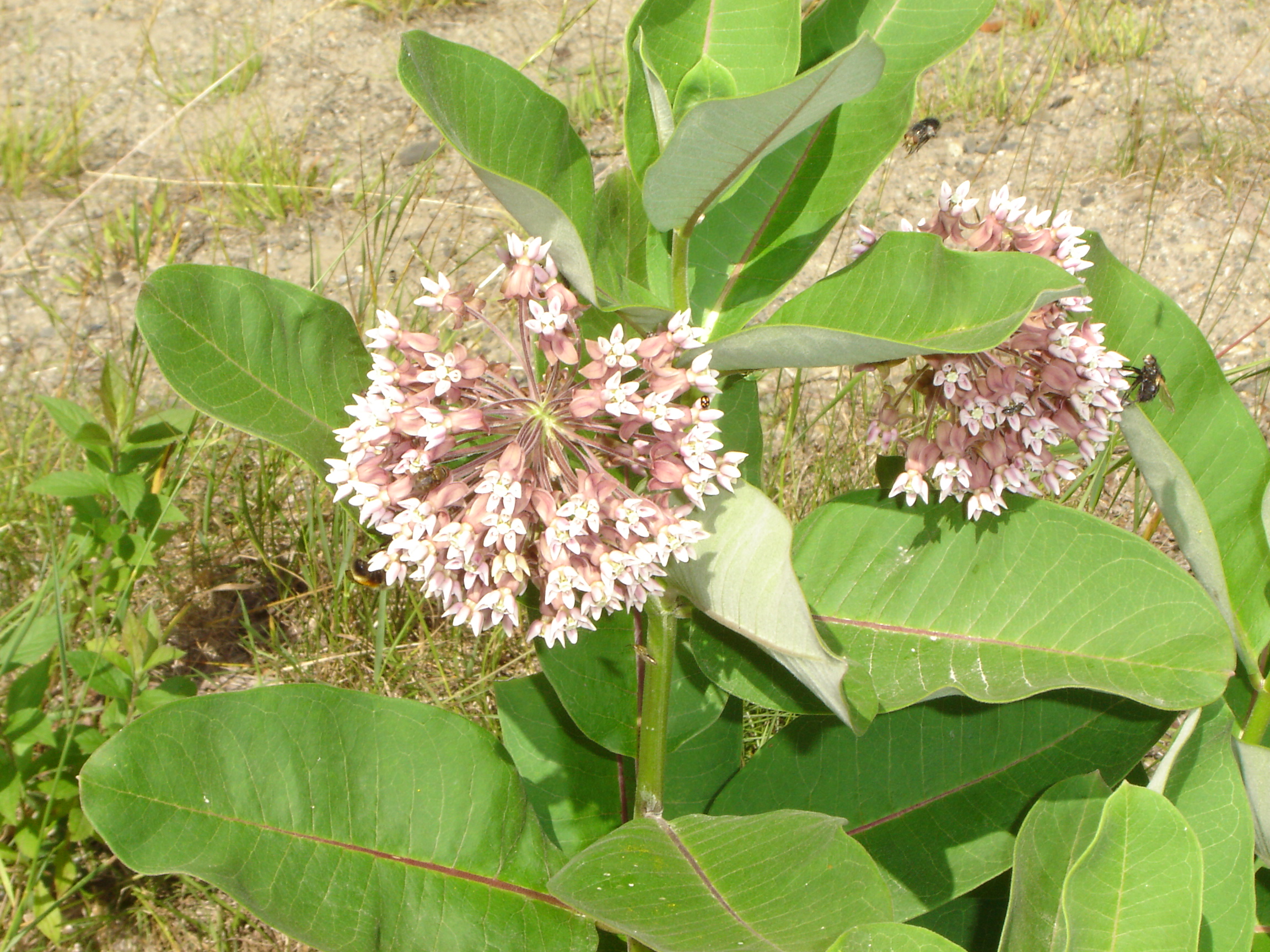Difference between revisions of "AY Honors/Edible Wild Plants/Milkweed/es"
(Created page with "Libro de Respuestas de Especialidades JA/Plantas Silvestres Comestibles/Algodoncillo") |
(Created page with "</noinclude> {{EWP/es | name = Algodoncillo (Asclepia) | image = Asclepias syriaca.jpg | description = Common milkweed is a herbaceous perennial plant growing from a rhizome t...") |
||
| Line 1: | Line 1: | ||
<noinclude></noinclude> | <noinclude></noinclude> | ||
| − | {{EWP | + | {{EWP/es |
| − | | name = | + | | name = Algodoncillo (Asclepia) |
| image = Asclepias syriaca.jpg | | image = Asclepias syriaca.jpg | ||
| description = Common milkweed is a herbaceous perennial plant growing from a rhizome to 1-2 m tall. The stem is very hairy, and all parts of the plants produce a white latex when broken. The leaves are opposite, simple broad ovate-lanceolate, 7-25 cm long and 3-12 cm broad, usually with an undulate margin and a red-colored main vein. They have a very short petiole and a velvety underside. The flowers are grouped in several spherical umbels with numerous flowers in each umbel. The individual flowers are small, 1-2 cm diameter, perfumed, with five cornate hoods. The seeds are attached to long, white flossy hairs and encased in large pods. | | description = Common milkweed is a herbaceous perennial plant growing from a rhizome to 1-2 m tall. The stem is very hairy, and all parts of the plants produce a white latex when broken. The leaves are opposite, simple broad ovate-lanceolate, 7-25 cm long and 3-12 cm broad, usually with an undulate margin and a red-colored main vein. They have a very short petiole and a velvety underside. The flowers are grouped in several spherical umbels with numerous flowers in each umbel. The individual flowers are small, 1-2 cm diameter, perfumed, with five cornate hoods. The seeds are attached to long, white flossy hairs and encased in large pods. | ||
| − | | range = | + | | range = Se encuentra en la mayor parte de Norteamérica al este de la montañas Rocky Mountains, con la excepción de las partes más secas de las praderas. Crece en suelos arenosos y le gusta mucha cantidad de luz solar. |
| − | | seasons = | + | | seasons = Primavera, verano |
| − | | use = | + | | use = Los tallos, brotes, hojas, flores y vainas son comestibles, pero se deben cocinar primero. Las flores se pueden sumergir en la masa y freír, y las otras partes se pueden hervir por unos minutos. No es necesario hervir algodoncillo en cambios repetidos de agua. |
}} | }} | ||
<noinclude> | <noinclude> | ||
| Line 13: | Line 13: | ||
{{EWP/Fry}} | {{EWP/Fry}} | ||
</noinclude> | </noinclude> | ||
| − | |||
<noinclude></noinclude> | <noinclude></noinclude> | ||
Revision as of 22:12, 4 November 2014
Algodoncillo (Asclepia)
Descripción: Common milkweed is a herbaceous perennial plant growing from a rhizome to 1-2 m tall. The stem is very hairy, and all parts of the plants produce a white latex when broken. The leaves are opposite, simple broad ovate-lanceolate, 7-25 cm long and 3-12 cm broad, usually with an undulate margin and a red-colored main vein. They have a very short petiole and a velvety underside. The flowers are grouped in several spherical umbels with numerous flowers in each umbel. The individual flowers are small, 1-2 cm diameter, perfumed, with five cornate hoods. The seeds are attached to long, white flossy hairs and encased in large pods.
Dónde se encuentra: Se encuentra en la mayor parte de Norteamérica al este de la montañas Rocky Mountains, con la excepción de las partes más secas de las praderas. Crece en suelos arenosos y le gusta mucha cantidad de luz solar.
Disponibilidad: Primavera, verano
Uso: Los tallos, brotes, hojas, flores y vainas son comestibles, pero se deben cocinar primero. Las flores se pueden sumergir en la masa y freír, y las otras partes se pueden hervir por unos minutos. No es necesario hervir algodoncillo en cambios repetidos de agua.
Template:EWP/Potherb Template:EWP/Boil Template:EWP/Fry

